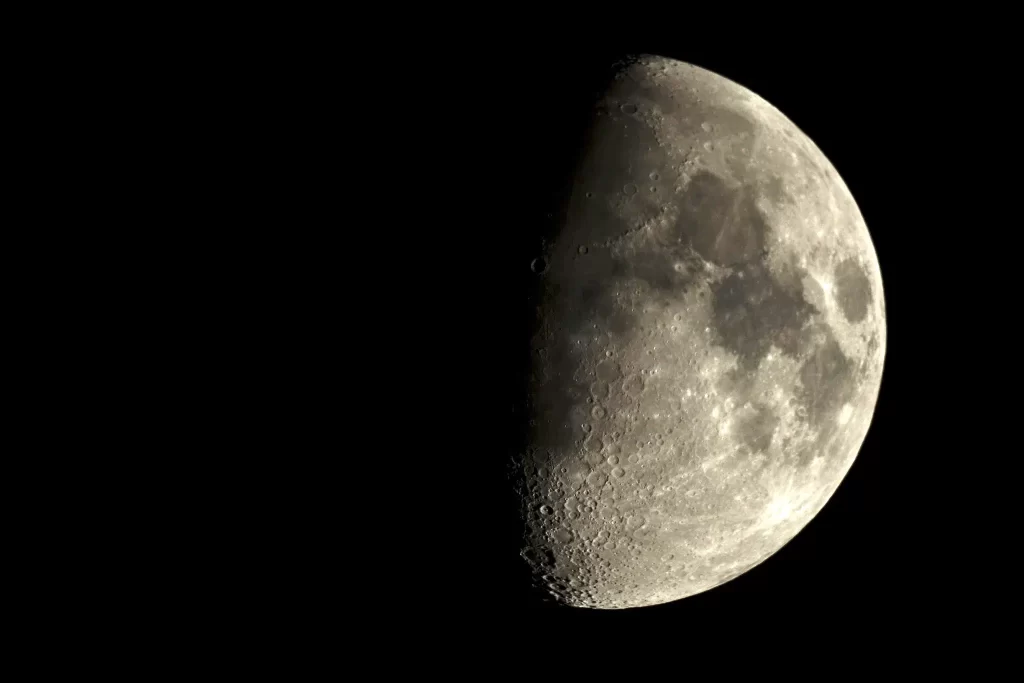China has reached a new frontier within lunar exploration and scientific research with its release of the world’s first complete high-definition geologic atlases of the moon.
The atlases, available in both Chinese and English, are an all-encompassing tool made up of the Geologic Atlas of the Lunar Globe and the Map Quadrangles of the Geologic Atlas of the Moon. The release of the atlases marks a significant advancement for future lunar research and exploration.
The atlas set, scaled at 1:2.5 million, provides comprehensive and up-to-date map data crucial for upcoming lunar missions and research programs.
The atlas project addresses a dearth of lunar geology mapping and also establishes a fresh benchmark for international collaboration in lunar research pursuits. With progress being made in the area of lunar exploration, these atlases will prove useful to scientists globally, helping with more accurate and efficient study programs and explorations of the moon.
China moon atlases’ potential for future research
The major significance of these new geologic atlases of the moon lies in their potential to aid the study of how the moon evolves, selecting sites for future lunar research stations, and utilizing lunar materials.
It may also improve our understanding of Earth and other celestial bodies within our solar system. Ouyang Ziyuan, a leading lunar scientist and academic at the Chinese Academy of Sciences (CAS), reportedly emphasized that the atlases are of great importance for these purposes.
Liu Jianzhong, a senior researcher at the Institute of Geochemistry of the CAS, pointed out that the lunar geologic maps used since the Apollo missions have remained the same for almost 50 years, and are now outdated for current lunar exploration purposes, as reported by The Times of India.
With advances in lunar geologic studies, the old maps can no longer meet the demands of future scientific research and lunar exploration.
The atlases were put together by a team of researchers and cartographers from a cluster of institutions in China, led by Ouyang Ziyuan and Liu Jianzhong since 2012. The team based its work on exploration data retrieved by China’s Chang’e lunar exploration program and other research findings from both Chinese and international missions.
The team established an updated lunar geological time scale, objectively showing the geological evolution of the moon, and clearly depicting the characteristics of lunar tectonic and magmatic evolution.
These atlases not only provide crucial data and scientific references for directing and carrying out scientific objectives within China’s lunar exploration program but also enhance the investigation into the moon’s origin and the evolution of the solar system.
Source: https://greekreporter.com/2024/04/25/china-releases-worlds-first-moon-atlases/



